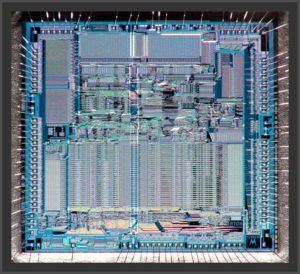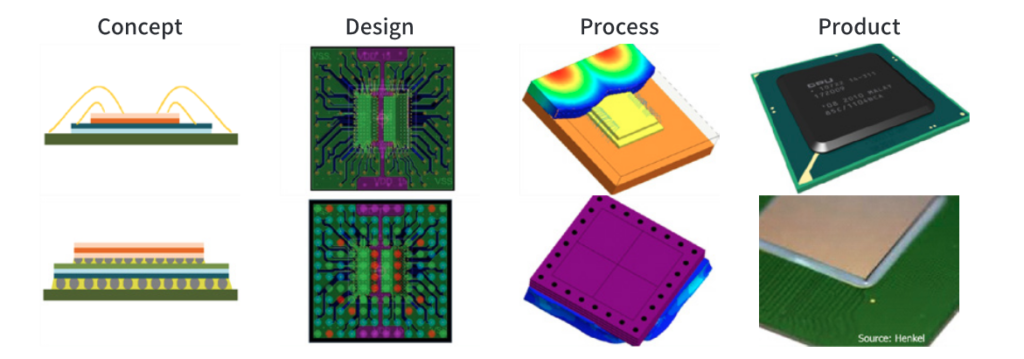Unlock MCU PIC10F206 Firmware
Unlock MCU PIC10F206 Firmware from its embedded memory which include flash and eeprom, then copy the content like data and program to other Microcontroller;
The General Purpose registers are used for data and control information under command of the instructions. For the PIC10F200/204, the register file is composed of 7 Special Function registers and 16 General Purpose registers.
For the PIC10F202/206, the register file is composed of 8 Special Function registers and 24 General Purpose registers.
4.3.1 GENERAL PURPOSE REGISTER FILE
The Special Function Registers (SFRs) are registers used by the CPU and peripheral functions to control the operation of the device. The Special Function Registers can be classified into two sets. The Special Function Registers associated with the “core” functions are described in this section.
Those related to the operation of the peripheral features are described in the section for each peripheral feature.
This register contains the arithmetic status of the ALU, the Reset status and the page preselect bit. The STATUS register can be the destination for any instruction, as with any other register. If the STATUS register is the destination for an instruction that affects the Z, DC or C bits, then the write to these three bits is disabled by extract IC code.
These bits are set or cleared according to the device logic. Furthermore, the TO and PD bits are not writable. Therefore, the result of an instruction with the STATUS register as destination may be different than intended.
For example, CLRF STATUS, will clear the upper three bits and set the Z bit. This leaves the STATUS register as 000u u1uu (where u = unchanged). Therefore, it is recommended that only BCF, BSF and MOVWF instructions be used to alter the STATUS register. These instructions do not affect the Z, DC or C bits from the STATUS register. For other instructions which do affect Status bits.
The OPTION register is a 8-bit wide, write-only register, which contains various control bits to configure the Timer0/WDT prescaler and Timer0. By executing the OPTION instruction, the contents of the W register will be transferred to the OPTION register. A Reset sets the OPTION<7:0> bits.
The PIC10F200/204 devices have a 2-deep, 8-bit wide hardware PUSH/POP stack. The PIC10F202/206 devices have a 2-deep, 9-bit wide hardware PUSH/POP stack. ACALL instruction will PUSH the current value of Stack 1 into Stack 2 and then PUSH the current PC value, incremented by one, into Stack Level 1. If more than two sequentialCALLs are executed, only the most recent two return addresses are stored.
Tags: unlock mcu software archive,unlock mcu software code,unlock mcu software content,unlock mcu software data,unlock mcu software eeprom,unlock mcu software file,unlock mcu software firmware,unlock mcu software information,unlock mcu software memory,unlock mcu software program



